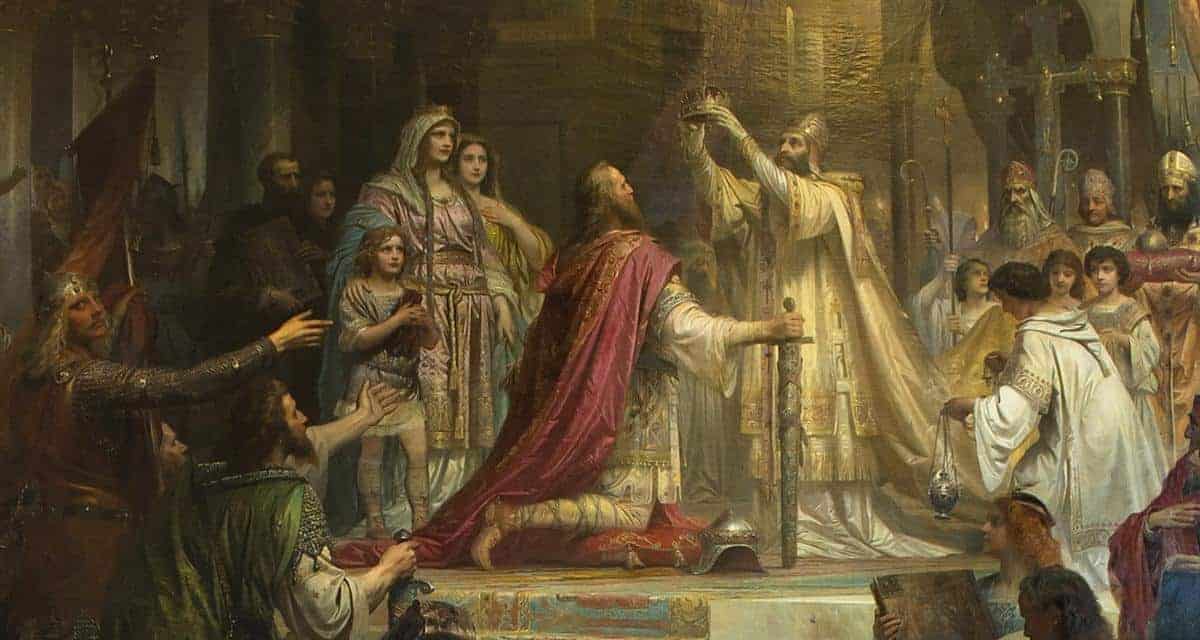
7 – The Thirty Years’ War (1618 – 1648)
The entire conflict was critical in the history of the Holy Roman Empire, and since there was no standout battle, I decided to include an overview of the Thirty Years’ War instead. The war was one of the most protracted in history and also one of the deadliest with an estimated 8 million deaths. It devastated vast regions of Europe and led to famine and disease. At its end, the war had changed the political and religious landscape of Central Europe.
It was caused by the actions of Emperor Ferdinand II of the Holy Roman Empire. He tried to limit the religious activities of his subjects which led to an uprising by Protestants. It was initially a religious war between the Catholics and Protestants within the empire. However, it escalated into a war that spanned much of the continent as major European powers such as France, Spain, Austria, and Sweden, all waged wars on German soil at some point during the war.
The Reformation and Counter-Reformation of the 16th century ensured that Germany was divided into hostile Catholic and Protestant camps. Therefore, when Ferdinand started to curtail certain religious privileges of people in Germany in 1618, they appealed to the rest of the Protestants in the empire. Meanwhile, Ferdinand requested help from major Catholic states. The result was three decades of bloodshed with the first major victory of the war occurring in 1620 when Ferdinand’s forces won at the Battle of White Mountain.
The emperor turned his attention to Bohemia’s Protestant supporters in Germany, and his imperial armies overran Protestant Germany and much of Denmark by 1629. King Gustavus Adolphus of Sweden turned the tide of the war when he intervened on the Protestant side in 1630. He defeated the imperial army at Breitenfeld in 1631 and drove them out of most of Germany. The war briefly turned again in 1634 with Spanish intervention on the Catholic side, but most of the rest of the conflict occurred in Germany.
The Protestants finally gained the upper hand with wins at Rocroi in 1643 and Jankau in 1645. The Hapsburgs made concessions which led to the Peace of Westphalia in 1648. The conflict ended the age of religious wars in Central Europe as the role of religion in European politics receded. The Holy Roman Empire suffered significant losses which made it vulnerable when the Ottomans came knocking on their door.

